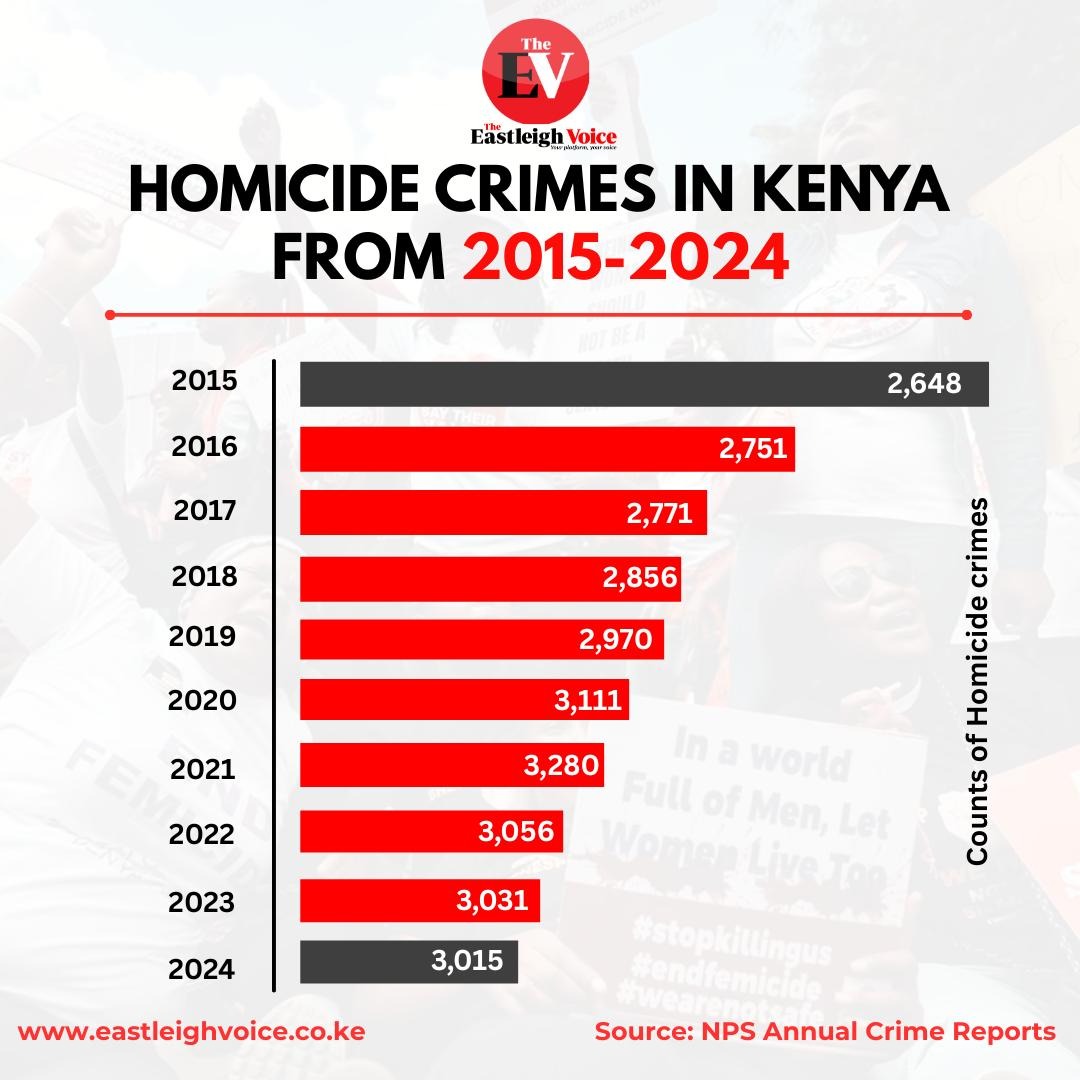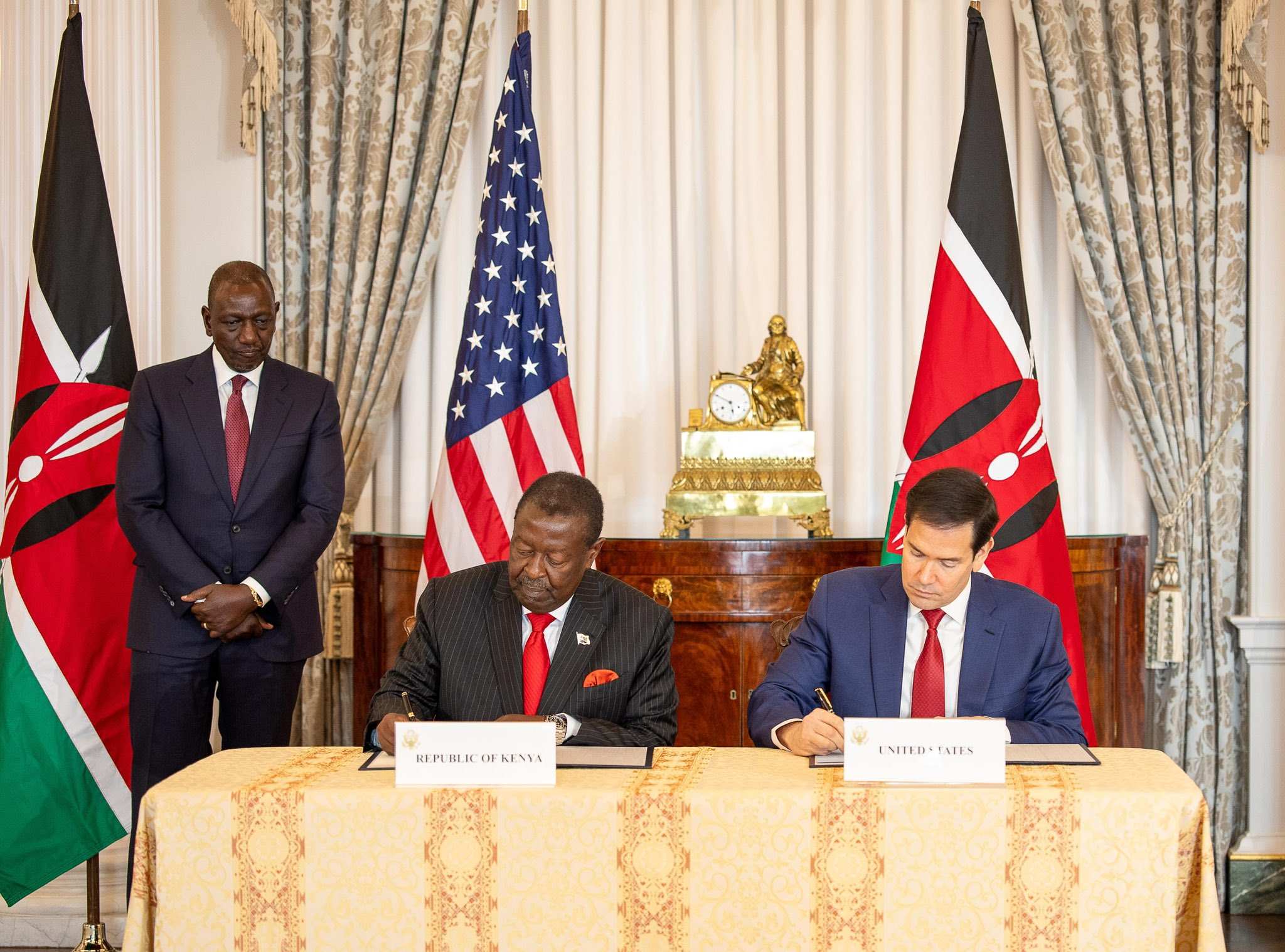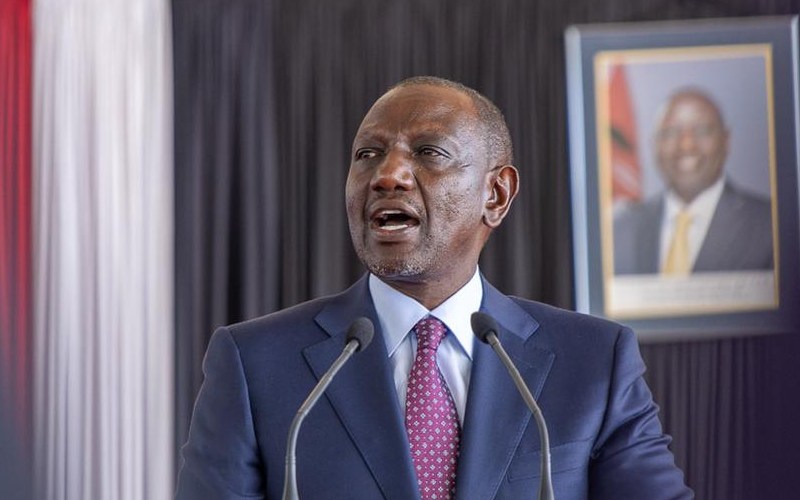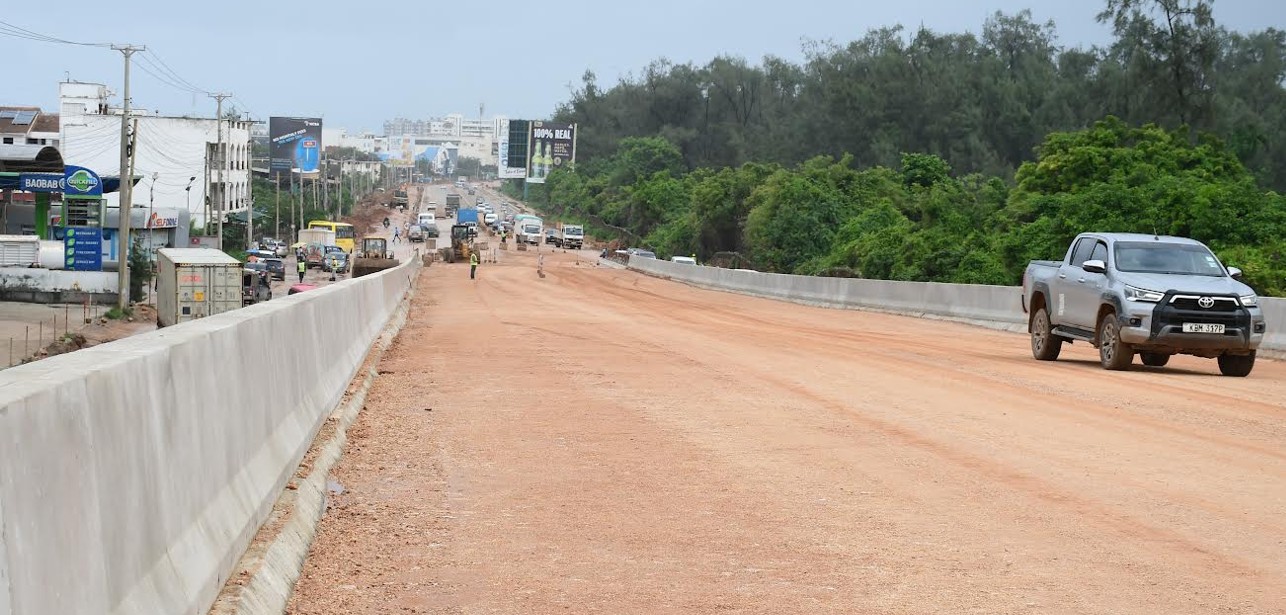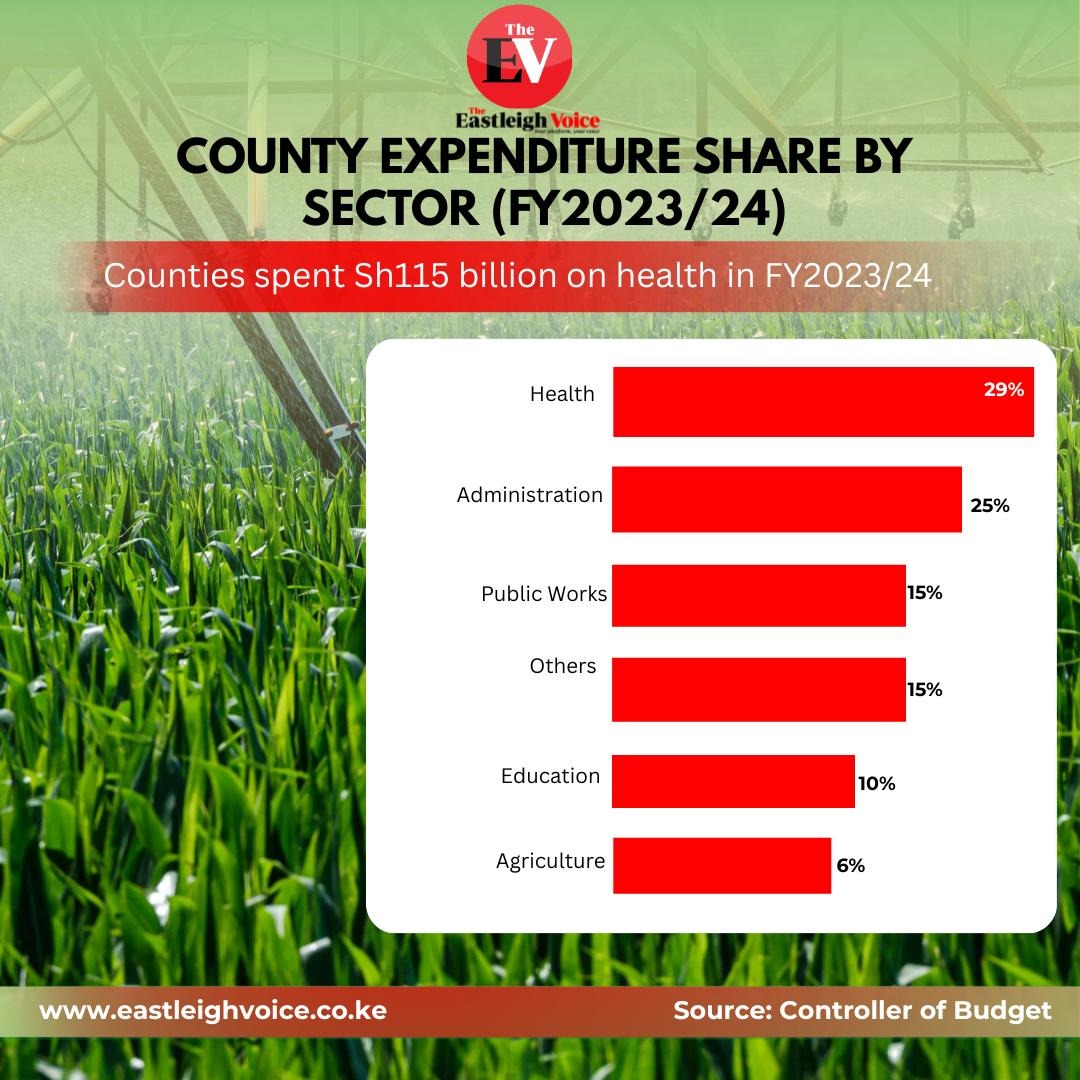Kenyan farmers abandon Hustler Fund for commercial and digital Loans, CBK survey shows
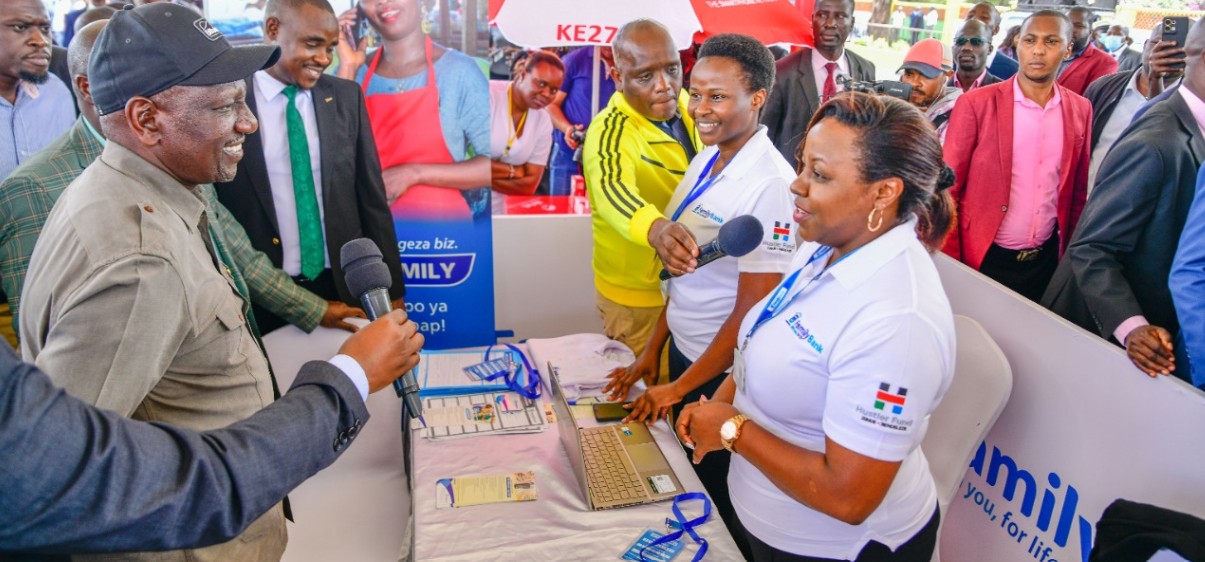
The survey, covering March to May 2025, found that 11 per cent of farmers who borrowed from the Hustler Fund and 13 per cent who relied on microfinance banks had dropped off these products by May.
Kenyan farmers have abandoned the Hustler Fund and microfinance banks, opting instead for commercial banks and digital loans to finance their farming activities, a recent Central Bank of Kenya survey shows.
The survey, covering March to May 2025, found that 11 per cent of farmers who borrowed from the Hustler Fund and 13 per cent who relied on microfinance banks had dropped off these products by May.
More To Read
- CS Mbadi tables new banking rules targeting non-compliance, unethical practices
- Businesses project job growth, stronger sales as festive season draws near
- Construction sector seen as Kenya’s weakest job creator in 2025, CBK survey shows
- Hustler Fund defaulters to lose access to SHA 'Lipa Pole Pole' initiative
- Court trims interested parties in Hustler Fund’s legality case
- Oparanya: Hustler Fund loan defaulters to be locked out of bank, SACCO loans
“The proportion of sampled farmers reporting having accessed credit for farming remained below 40 per cent. It stood at 34 per cent in May 2025 and 36 per cent in March 2025,” reads the CBK survey.
The July 2025 survey highlights a sharp shift to commercial banks, with borrowing rising from 41 per cent in March to 58 per cent in May. Digital loans, including Fuliza and KCB M-Pesa, also recorded growth, with users rising from two per cent of farmers in March to eight per cent in May.
Other sources of credit that saw increases included buyers of farm produce (11 per cent to 16 per cent) and informal savings and credit groups (9 to 16 per cent). Conversely, borrowing from savings and credit cooperative societies (SACCOs) dropped from 35 per cent to 24 per cent.
“The main sources of credit to farmers are banks, SACCOs, family and friends, buyers of farm produce, and digital credit providers,” the report states, highlighting the evolving borrowing patterns among farmers.
The survey also examined how farmers are using the borrowed funds. Use of credit for farm inputs such as fertiliser, seeds, and pesticides fell from 94 per cent in March to 84 per cent in May, while loans for labour costs dropped from 62 per cent to 57 per cent.
However, borrowing for farm machinery and equipment increased from 25 per cent to 41 per cent.
“Use of credit to expand farmland and diversify production ranked low,” the survey added.
The Hustler Fund, one of President William Ruto’s flagship initiatives, aims to provide financial services to economically disadvantaged Kenyans, particularly youth and women. Despite this, the CBK survey shows that farmers are opting for alternative lending sources, influenced in part by lower interest rates from banks and the convenience of digital credit.
The survey, which included 284 respondents across key farming regions, indicated continued optimism among farmers. Credit access rose to 41 per cent in July from 34 per cent in May, driven by borrowing from digital lenders and family or friends. Most farmers (83 per cent) continue to use loans to purchase farm inputs, while expectations for increased acreage and output remain high.
The CBK survey also highlighted policy suggestions from farmers to boost productivity, including expanding irrigation, maintaining the fertiliser subsidy programme, stabilising produce prices through increased support to the National Cereals and Produce Board, and enhancing rural feeder roads to reduce post-harvest losses.
Top Stories Today



